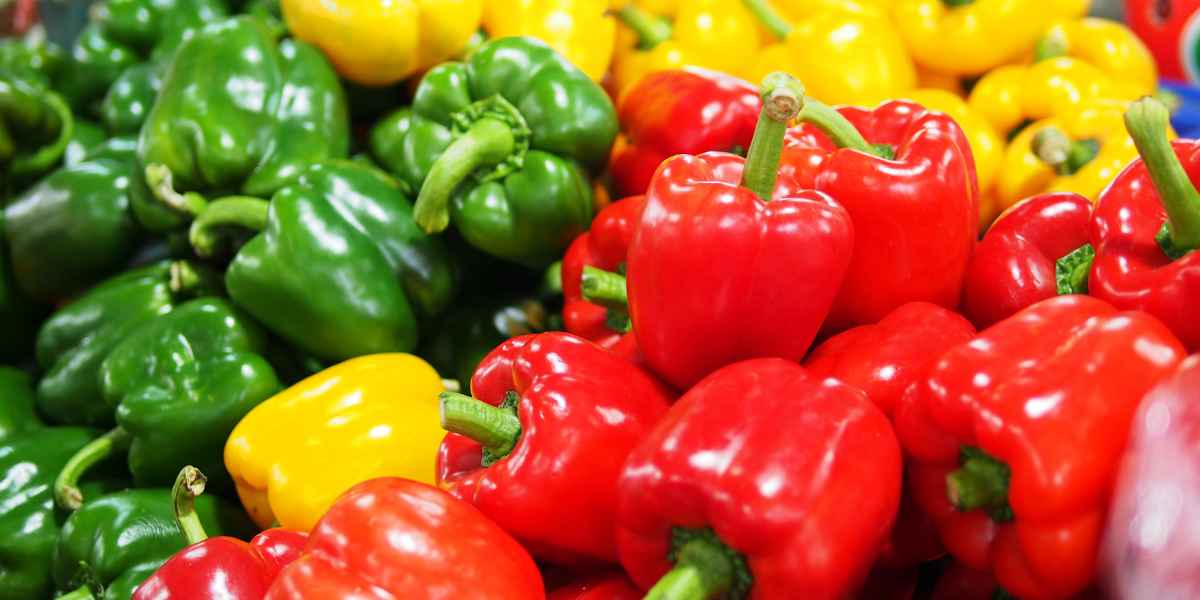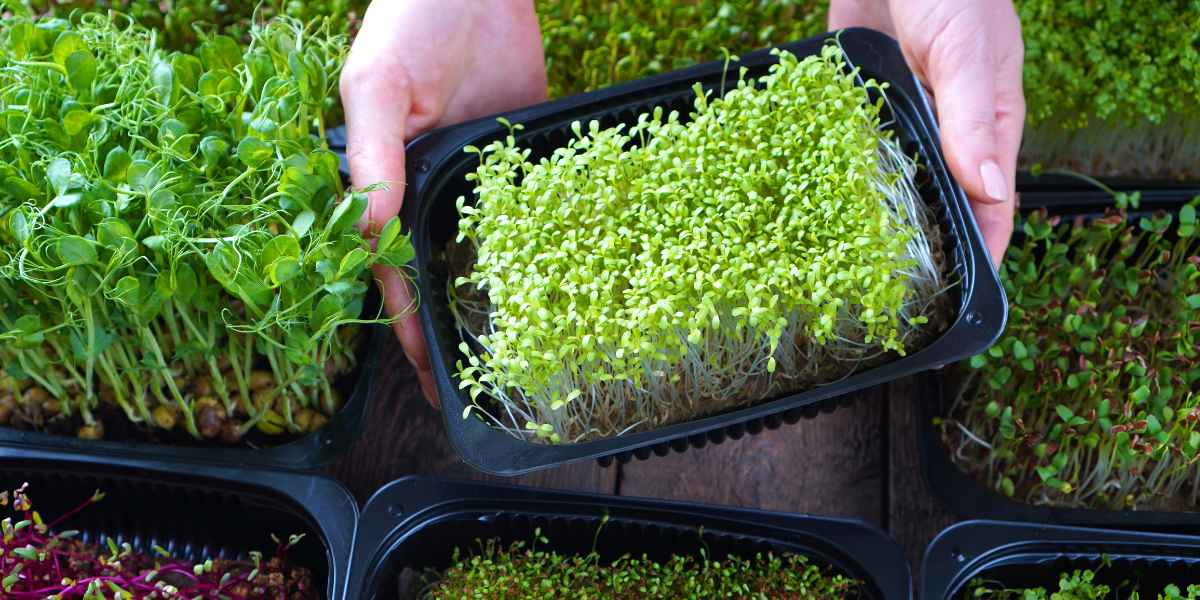HomeTriangle Guide: 5 Easy Vegetables To Grow Indoors
Read HomeTriangle guide on the 5 easy vegetables to grow indoors and you’ll be harvesting vegetables in no time.

The changing of seasons does not necessarily mean that you have to give up growing and harvesting your favorite vegetables. With the right tools and methods, you can harvest some of your favorite vegetables indoors all year around. Even though there are a few challenges in growing vegetables indoors, you can find great success with the right approach.
Read HomeTriangle guide on the 5 easy vegetables to grow indoors and you’ll be harvesting vegetables in no time.
1. Carrots

Carrots are very accommodating in nature. Growing them in containers is not just a great option for indoor growing—it also solves the problem of trying to grow them in heavy, rocky soil, should your outdoor conditions be unfavorable. Our experts suggest smaller carrot varieties to grow inside as they need less space and mature more quickly. A window box or any such long containers are ideal for growing carrots. Lightly cover the seeds with damp peat moss so the seeds don’t dry out. Keep the soil moist, and your seeds should germinate within two weeks, though the number of days to maturity will depend on the variety you are growing.
2. Bell Pepper

Bell pepper plants are tropical perennials that can thrive indoors with proper care. Plant some sweet or hot peppers from seed or pot some plants from your garden in late summer and bring them inside. Ensure that the container is at least 8 inches tall and receives at least 10 hours of light every day. Additionally, you should allow the container to dry out between waterings so you don't risk drowning the plant. Even though pepper plants are self-pollinating, you can help the process either by jostling the plants to shake the pollen from one flower to another or use a cotton swab to dust each flower with pollen.
3. Lettuce

The best thing about planting lettuce and other salad greens is that they are quick growing and shallow roots, which means that it does not require a deep container. Choose a planter that is two to four inches deep and fill it with moist, well-draining soil. You can see germination in a week. Allow the plants to grow at least four to 6 inches before you start harvesting. Cut or pull the outer leaves and allow the center of the plant to continue growing.
4. Microgreens

Microgreens are the most effortless edibles to grow indoors. The tiny sprouts don’t take much time or space to grow. Typically, they're a mix of seeds from various greens and herbs, such as beets, radishes, kale, and basil. You don’t need much soil since these greens will be harvested as seedlings. A shallow tray about two inches deep should do the trick. Fill it with moist soil and scatter your seeds, barely covering them with a top layer of soil (just press gently so that the seeds make good contact with the damp soil and won’t dry out). Spray to keep the soil moist, and you should see germination within a few days. You can harvest them as soon as the seedlings have been developed a couple of sets of true leaves.
5. Tomatoes

Tomatoes are tropical perennials that die off at the end of their season, returning again the following year. Our experts suggest you start a new plant indoors at the end of summer. Once the seedlings are 4 inches tall, move them to a permanent pot and make sure they have at least 10 hours of light per day. The lighting quota may sound excessive, but if you want fruits, that is what this plant needs all year. Shake them periodically once they start flowering to periodically allow the pollen to fall from flower to flower. Keep in that staking or using a tomato cage is a must as the plants tend to become top-heavy.
Follow us for more such interesting articles daily.




Comments ()